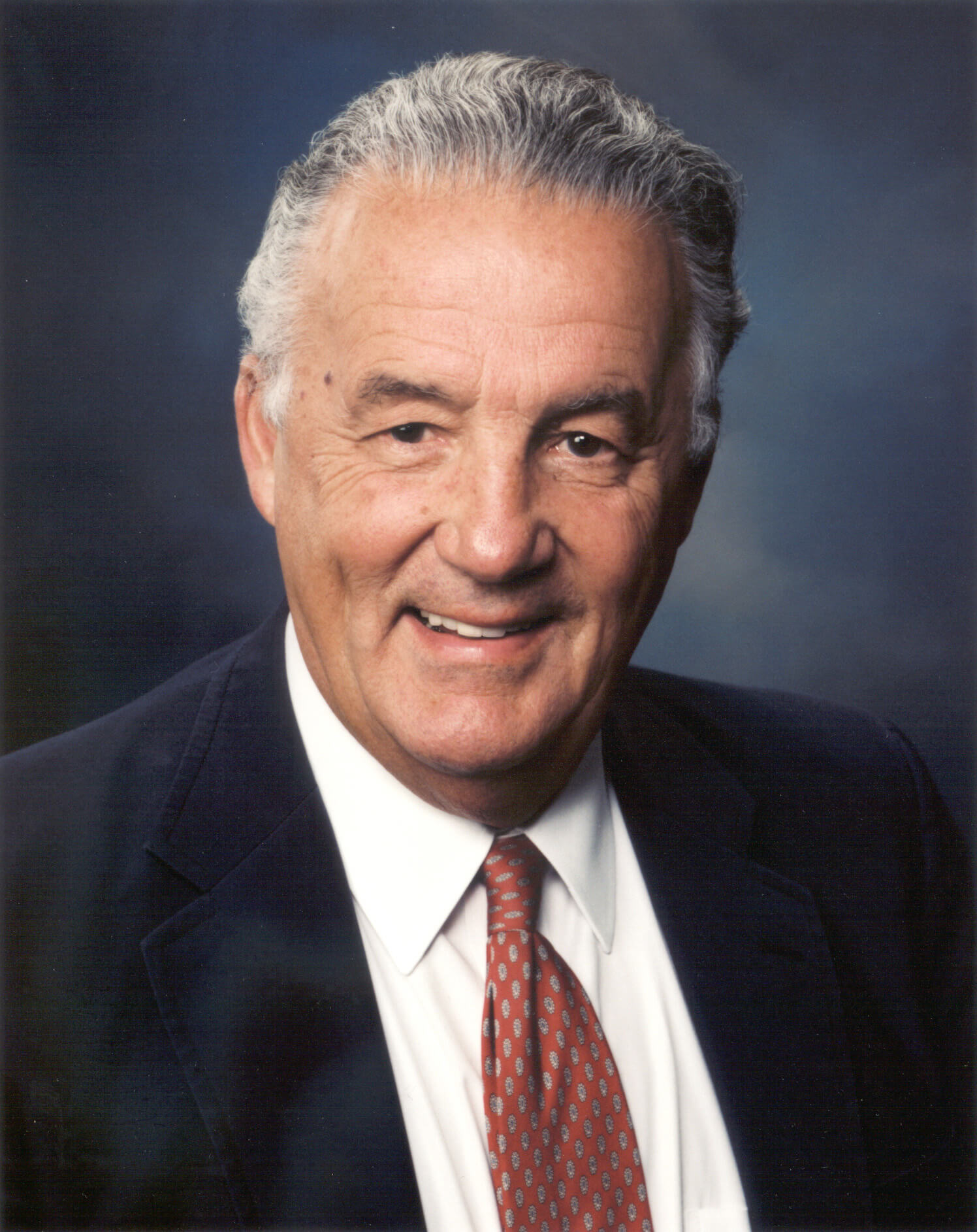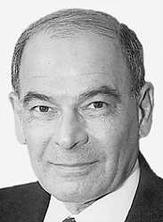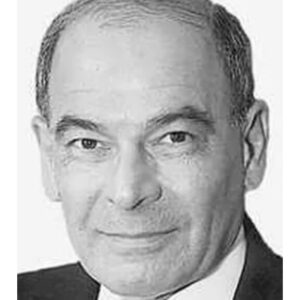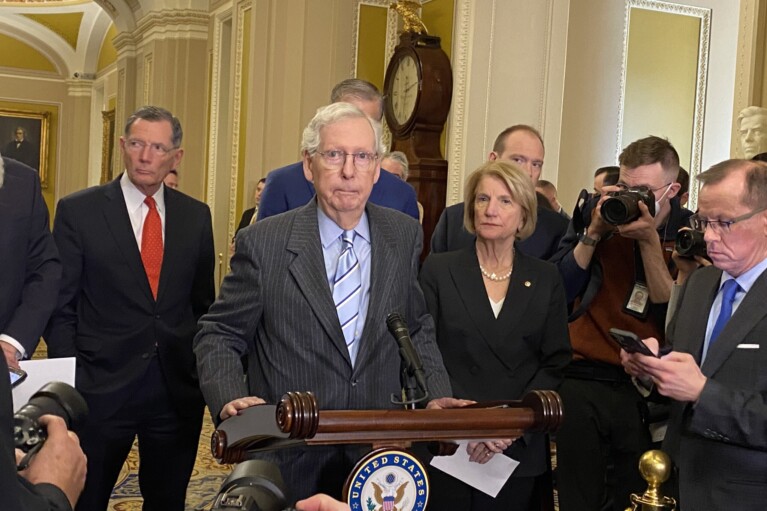
Many political seasons ago, way back in 1966, members of Baltimore’s Mount Royal Democratic Club, a mainstay of the Second District’s Democratic politics, met in a downtown American Legion hall to decide its slate of candidates in that year’s elections to help advance the club’s reform agenda.
Among those pitching for an endorsement was a young lawyer named Paul S. Sarbanes, who would be making his first run for elective office as a candidate for the Maryland House of Delegates. The meeting took place at the Montfaucon American Legion Post headquarters in the 900 block of St. Paul Street.
Sarbanes, an attorney with the blue-chip firm of Venable, Baetjer & Howard – now merged and truncated to simply Venable – had only limited exposure to politics as executive director of Baltimore’s Charter Revision Commission.
When Sarbanes finished his presentation, Mount Royal’s president, the irrepressible Walter S. Orlinsky, himself a candidate for the House, stepped forward and told Sarbanes before the assembled audience to “get in line and wait your turn.”
Sarbanes was nonplussed by the back-handed dismissal, but undeterred in his quest for public office. “Wait my turn?” he sneered back.

Frank A. DeFilippo
Ignoring the reprimand, Sarbanes, aided by his wife and political charm offensive, Christine, together began their long slog of knocking on 5,000 doors in the Second District, by his count, at the time, that eventually led to his breakthrough election to a delegate’s seat. (Orlinsky was also elected.)
In those Paleolithic times, Baltimore was sliced-and-diced into six self-contained legislative districts, each with at least six delegates. The Second District bracketed much of the city’s center.
Sarbanes went to Annapolis in 1967, the same year as another Greek-American elected official, Republican Gov. Spiro T. Agnew, where he would spend one term before another long-shot challenge to advance again, an early inkling of Sarbanes’ political agility and upward mobility.
During his four years in the State House, Sarbanes was a constant needle jabbing at Agnew. While many other delegates were prowling the bars and lobbyists’ receptions in the state’s capital city, Sarbanes huddled in his office or hotel room studying the budget, line for line.
When the day arrived for floor debate on the state spending program, no one was more prepared than Sarbanes, who dissected Agnew’s budget practically item by item, and from cover to cover.
Sarbanes had majored in economics at Princeton University – which he attended on full scholarship – before he moved on to Oxford as a Rhodes Scholar and, ultimately, to Harvard Law School. In Annapolis, Sarbanes befriended and came under the tutelage of Baltimore’s resident fiscal expert and lobbyist, the esteemed Janet Hoffman.
In one witticism during floor debate, Sarbanes dismissed the Agnew budget as “Agnewsticism.”
Agnew brushed aside the gibe as a “Sarbanality.”
By 1970, Sarbarnes was ready to move onward and upward. He dispatched the veteran Rep. George H. Fallon (D) from his Fourth District seat in Congress. And in 1972, he eased past the long-serving Rep. Edward A. Garmatz (D) when the two had been forced by redistricting into the same Third Congressional District. Sarbanes son, John, now occupies the same Third District seat.
By 1976, Sarbanes was preparing to move up to the U.S. Senate by challenging the incumbent Republican Senator, J. Glenn Beall Jr. And so, too, was Gov. Marvin Mandel (D).
At this point, history gets slightly murky and might have taken a different turn if a federal investigation had not sidetracked Mandel’s plans. Or what might have resulted if the two popular politicians had run against each other.
Backstage, Mandel had quietly been planning (and polling) to run for the Senate in 1976. In fact, he had begun to discuss the prospect publicly. And the irony was that Beall’s brother, George, was the federal prosecutor who had pursued Agnew into resigning the vice presidency.
As Mandel intensified his discussions, Beall quietly passed the word that Mandel was not the subject of a federal investigation, and Mandel issued a news release to underline the point.
And there it rested until Beall resigned as U.S. attorney and was succeeded by Maryland Sen. Jervis Finney, a Republican from Baltimore County, no friend or ally of Mandel. Under Finney, the federal hunting-dogs intensified their pursuit of suspected corruption among Maryland public officials, and their investigations turned toward Mandel and ultimate indictment, conviction and imprisonment. The conviction was eventually overturned and a presidential pardon was granted.
With Mandel benched, Sarbanes went on to defeat Beall and claim the Senate seat that he held until his retirement in 2007.
Sarbanes is remembered for many accomplishments, mainly the Sarbanes-Oxley legislation that tightened accounting procedures after several major corporate scandals, principally Enron. And, of course, there’s the first article of impeachment against President Richard M. Nixon.
But for those who follow the fine print, no moments were as sweet and as entertaining as when Sarbanes, as chairman of the Senate Banking Committee and an updated New Deal Democrat, jousted with Federal Reserve Chairman Alan Greenspan over national economic policy.
Sarbanes was often referred to as the “stealth senator” because of his low visibility approach to politics. He was recognized more from C-Span than by his presence in his own state. But as an object of fierce ethnic pride, he had a nationwide network of Greek supporters who were a formidable source of campaign funds.
(An aide to Sarbanes, Peter Marudas, for example, once called to pass along regards from a cousin-by-marriage of mine that he had met at a fundraiser for Sarbanes in New Jersey.)
Back home, Sarbanes was a regular customer at Cy Avara’s hair styling salon, at 1500 W. Pratt St., a tough part of town, from when the shop became known as “10 Downing Street.” Avara’s clients included Sarbanes, Mandel, Sen. Benjamin L. Cardin, the political reporter and author Robert Timberg and assorted judges, legislators and petitioners who were familiar with the schedules of the great and the near-great and came to plead their cases and causes.
Sarbanes liked to joke that he got his haircuts at “the barber school.” Technically, Avara’s was a barber school – and part neighborhood social services agency — where Cy Avara operated his styling parlor from a single chair in a small room, first at the back of the corner building, and later on the second floor.
And it was no secret that for years the Avara family was a celebrated political force that delivered a sizeable chunk of votes in Southwest Baltimore. Avara’s mother, Mary, was head of the old Maryland Censor Board and famous for railing against smutty movies. And Avara himself was chairman of the Maryland Board of Barbers, as was his son, Larry, after him. A cousin, Charles Avara, also a barber, was a member of the House of Delegates.
A story Sarbanes liked to tell was this: Among Avara’s instructor-barbers was a Black man with a sonic-boom voice nicknamed “Smitty.” On a Friday afternoon, both Sarbanes and Smitty were leaving the Pratt Street emporium at the same time. Sarbanes offered to drive Smitty home, on the wild side of town.
“Let me sit in the back,” Smitty said, “so my neighbors think I have a chauffeur.”
And it was at Avara’s shop one Friday afternoon that Sarbanes kind of let slip that he might not be running for reelection in 2006.
Asked if he planned to run again, Sarbanes replied: “For the time being.”
The flags tacked at half staff at Roland Park Place, a senior living facility on 41st Street in North Baltimore, where Sarbanes had lived for the past couple of years, and where he died last week.
R.I.P. Paul S. Sarbanes.




 Creative Commons Attribution
Creative Commons Attribution